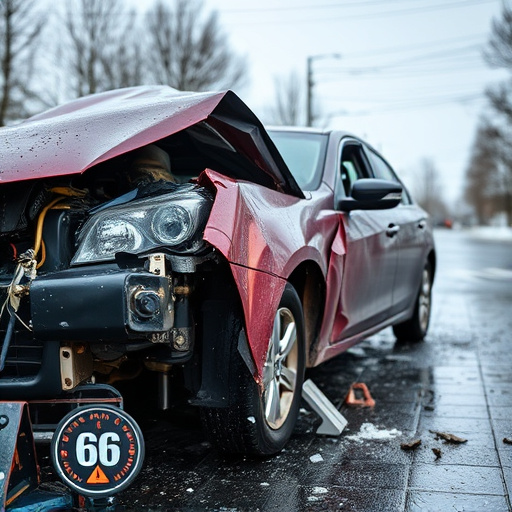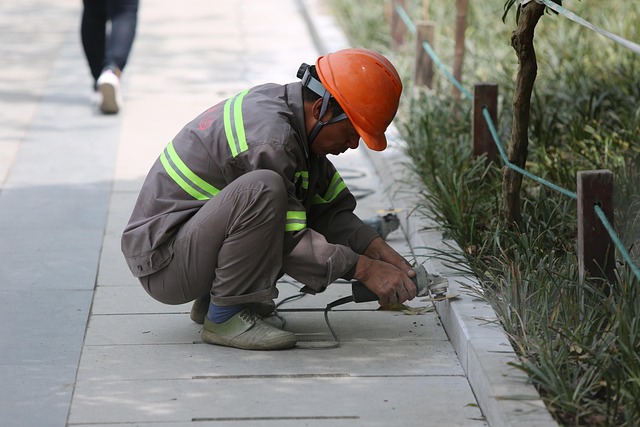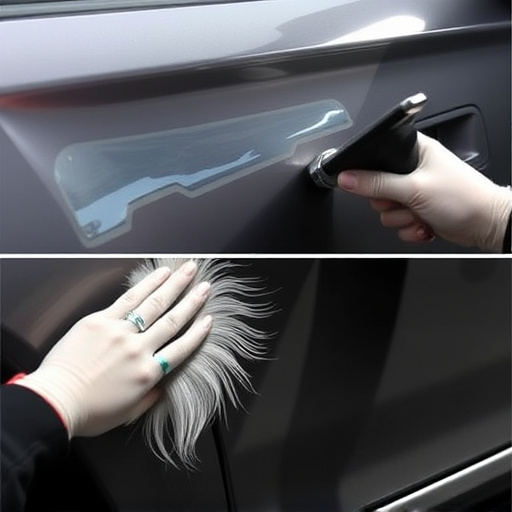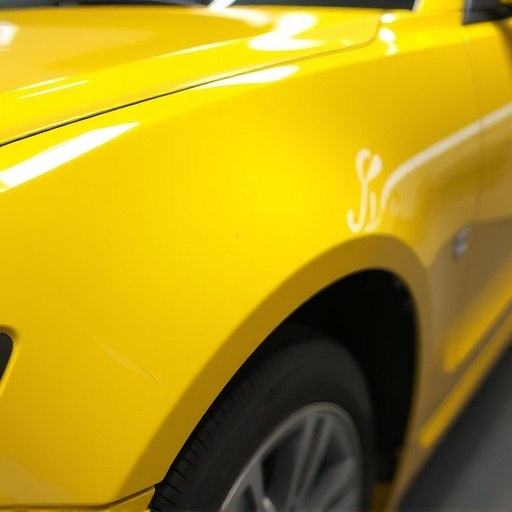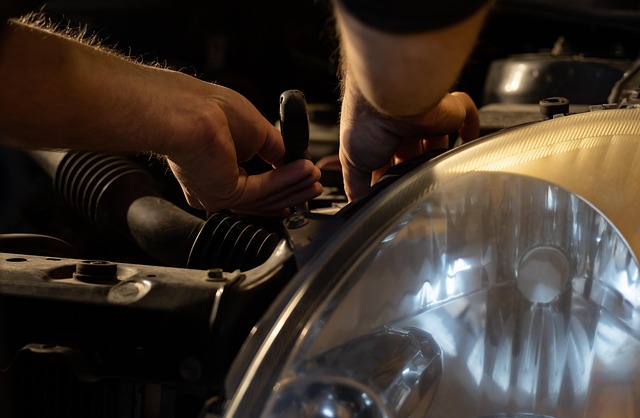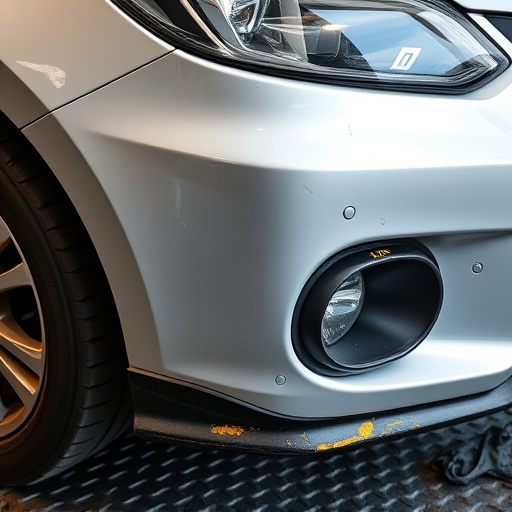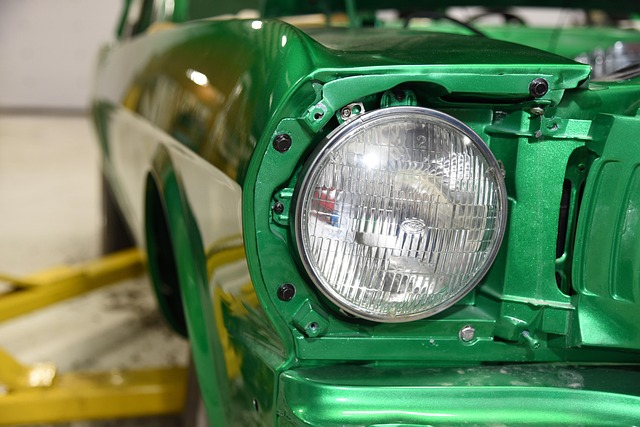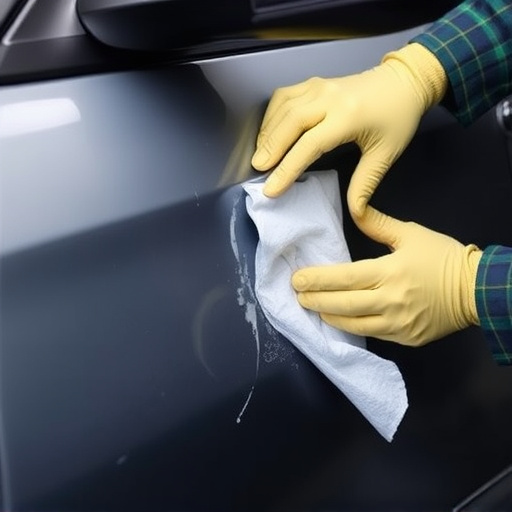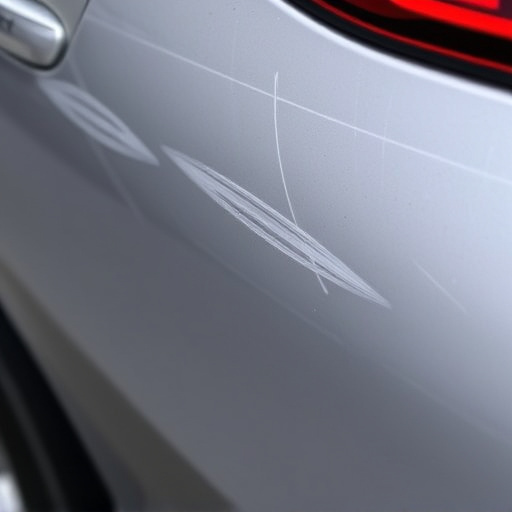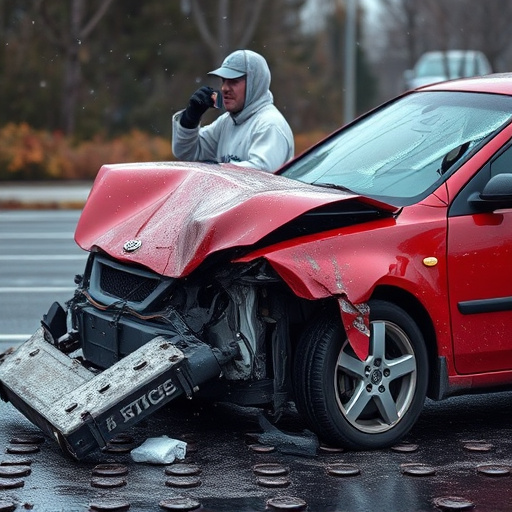Mercedes glass sensor calibration is vital for maintaining vehicle safety and performance, especially in luxury models. Auto body services specialize in precise calibration of these sensors, controlling power windows, sunroofs, and advanced driver assistance systems (ADAS). Regular maintenance ensures optimal operation, preventing system failures and guaranteeing a reliable driving experience.
Mercedes Glass Sensor Calibration is a critical process that ensures the optimal performance and advanced safety features of your vehicle. In this article, we’ll unlock the secrets behind Mercedes’ cutting-edge safety systems and explore how glass sensors play a pivotal role in vehicle dynamics. We’ll delve into precise calibration techniques to guarantee top-tier functionality, enhancing both driving experience and passenger safety. Understanding these basics is essential for every car enthusiast.
- Unlocking Mercedes' Advanced Safety Features
- The Role of Glass Sensors in Vehicle Dynamics
- Precision Calibration Techniques for Optimal Performance
Unlocking Mercedes' Advanced Safety Features
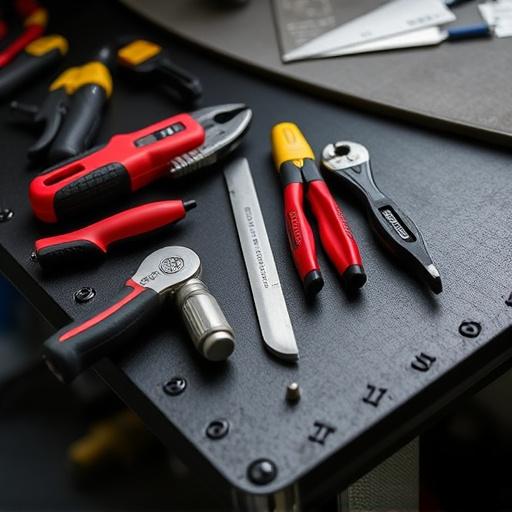
Mercedes’ cutting-edge safety features are a hallmark of modern luxury cars. Properly calibrated glass sensors play a pivotal role in activating these advanced systems. When your Mercedes’ glass sensor calibration is off, it can lead to malfunctions that compromise both the vehicle’s performance and the driver’s safety.
Regular maintenance and expert intervention from auto body services specializing in automotive restoration are key to ensuring these sensors function optimally. By accurately calibrating the glass sensors, technicians can guarantee that emergency braking, lane departure warnings, and adaptive cruise control work seamlessly, enhancing your driving experience and peace of mind on the road.
The Role of Glass Sensors in Vehicle Dynamics
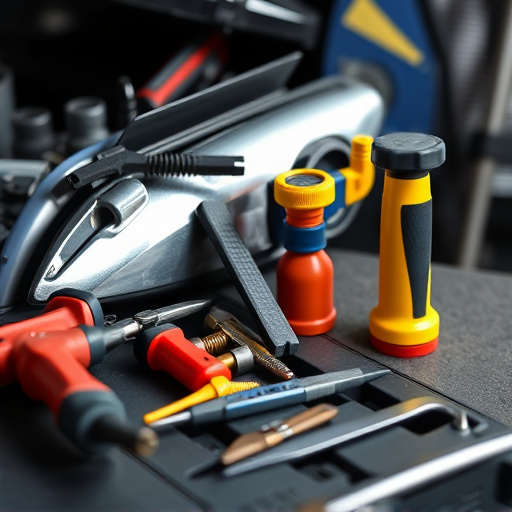
Mercedes glass sensor calibration plays a pivotal role in maintaining the delicate balance and safety features of modern vehicles. Glass sensors, integrated into the car’s structure, serve as vital components in controlling various dynamic systems. These sensors detect subtle changes in window position, pressure, and temperature, feeding this data to the vehicle’s computer system. This real-time information enables precise control of features like power windows, sunroofs, and advanced driver assistance systems (ADAS), enhancing both comfort and safety.
In an automotive body shop or car repair shop, proper calibration ensures that these sensors operate optimally, preventing issues such as stuck windows, incorrect positioning, or even system failures. Regular maintenance and calibration of Mercedes glass sensors are essential to guarantee the overall performance and reliability of the vehicle’s dynamic systems. This is particularly important for luxury vehicles like Mercedes, where precision and advanced technology go hand in hand, ensuring a seamless driving experience for car owners.
Precision Calibration Techniques for Optimal Performance
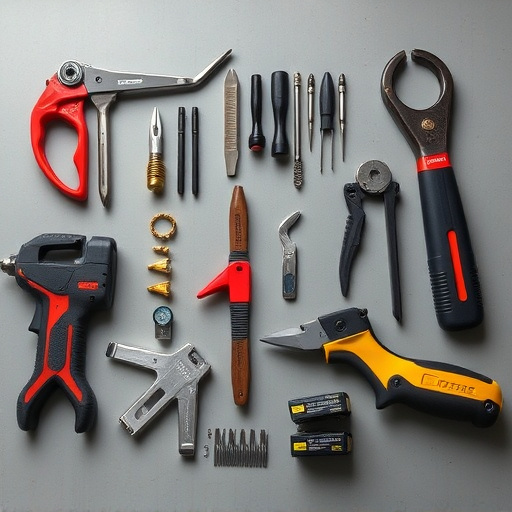
Precision calibration is paramount when it comes to Mercedes glass sensor calibration, ensuring optimal performance and accurate readings. Advanced techniques are employed to fine-tune the sensors, allowing them to detect even subtle changes in window positioning or damage. This meticulous process involves using specialized tools to simulate various conditions, such as temperature variations and pressure changes, to validate the sensor’s responsiveness and accuracy.
By employing these precision calibration methods, automotive body work specialists can effectively address issues related to dent removal and bumper repair, ensuring that glass sensors function seamlessly. This is crucial for maintaining safety features like power windows and sunroofs, where precise control and synchronization are vital for a smooth driving experience.
Mercedes glass sensor calibration is a critical process that ensures the optimal performance and safety of advanced vehicle dynamics. By understanding the role of these sensors and employing precise calibration techniques, drivers can fully unlock the potential of their Mercedes’ safety features. This article has provided an in-depth look at each aspect, from the functions of glass sensors to the benefits of proper calibration, enabling car enthusiasts to make informed decisions regarding their vehicle’s maintenance and enhancements.

